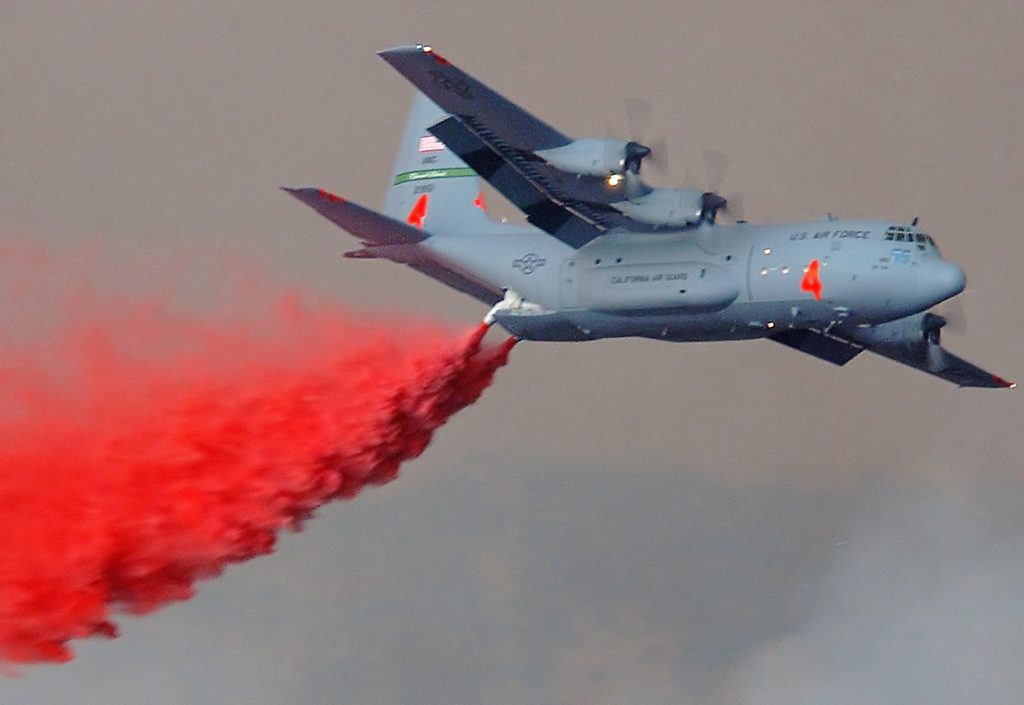
California wildfires continue ablaze this week. So far over 200,000 acres have burned. The C-130 MAFFS helps turn the tide.
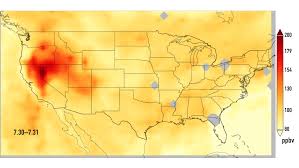
So where do all those aircraft come from to fight wild fires? Unbelievably, many are planes for hire. I flew with a co-pilot on the MIGHTY KC-135 who left the military, purchased an old plane and started a new career as a fire fighter for hire.
The last ten years or so have provided many opportunities to use his services. Major wildfires seem to dominate the news each year. This has been the worst wildfire year on record in California. Currently over 230,000 acres in California have burned in the Camp Fire. With 10,000+ structures destroyed and 94 deaths, it is the deadliest wildfire in California history.
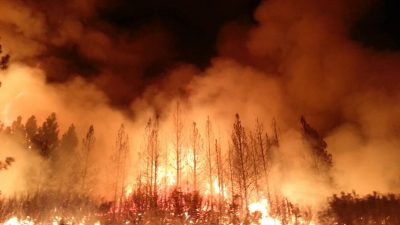
The United States Department of Agriculture is responsible for US National Forests through the US Forest Service. The Forest Service contracts with companies and individuals to converge upon wildfires and drop fire retardant. When private companies are completely taxed, the Forest Service turns to the United State military.
The C-130
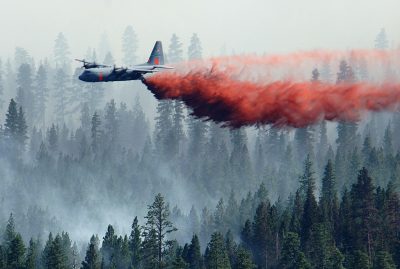
The Air Force, through the Air National Guard and Air Force Reserve, has eight C-130 Hercules that can be diverted to the firefighting role. The C-130 has been a workhorse since 1956. The H and J models are used for firefighting. A couple of buddies of mine fly for the Colorado Air Force Reserve out of Peterson AFB in Colorado Springs, CO. They spend several weeks a year out in the hot and dry fighting forest fires (https://www.facebook.com/doctoraviation/) .
The navigator is particularly crucial in this role as he/she direct the aircraft to the most effective heading. Once on target, the fire retardant drops from the aircraft. Three thousand gallons dropped in less than ten seconds. For more information on the C-130’s role see: https://www.fs.fed.us/managing-land/fire/planes/maffs
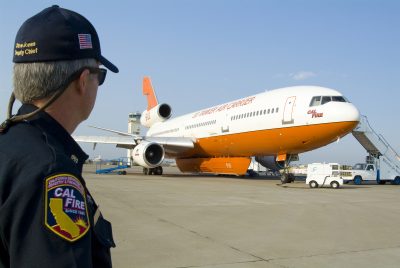
The DC-10
On the civilian front, an outfit called the Ten Tanker Air Carrier contracts with the Forest Service to provide DC-10s for the firefighting efforts. While it is hard to envision such a large jet aircraft firefighting, the DC-10 can drop almost four times the amount of retardant as the C-130 (about 11,600 gallons). Some of the tallies of retardant drops are found at this site: https://fireaviation.com/2017/07/18/lead-plane-pilots-evaluate-the-dc-10-very-large-air-tanker/. In fairness the DC-10 in not nearly as maneuverable as the C-130. For the most beautiful gallery of firefighting aircraft I have ever seen (plus video) go to this link: https://fireaviation.com/tag/dc-10/
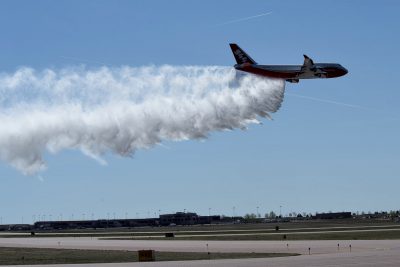
The 747
The largest and newest firefighting weapon in the arsenal is a modified Boeing 747. You read that correctly — A 747, The Spirit of John Muir. The aircraft was cleared to be used in the Summer of 2017 (http://www.cpr.org/news/story/forest-service-clears-global-supertanker-to-fly-against-wildfires). It is based out of Peterson AFB (https://www.peterson.af.mil/News/Article/860930/peterson-fire-department-will-provide-emergency-response-for-new-firefighting-a/). It is currently being used on the California wildfires. The 747 can drop six times as much retardant as the workhorse C-130 (over 19,000 gallons). For some excellent video and a tour of the plane see: https://www.wired.com/story/southern-california-thomas-wildfire-boeing-747-global-supertanker/
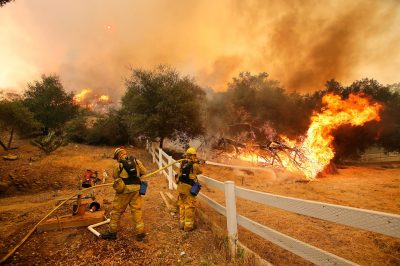
Those on the ground do the heavy lifting in firefighting. However, the planes overhead must seem like angels sent to help.

